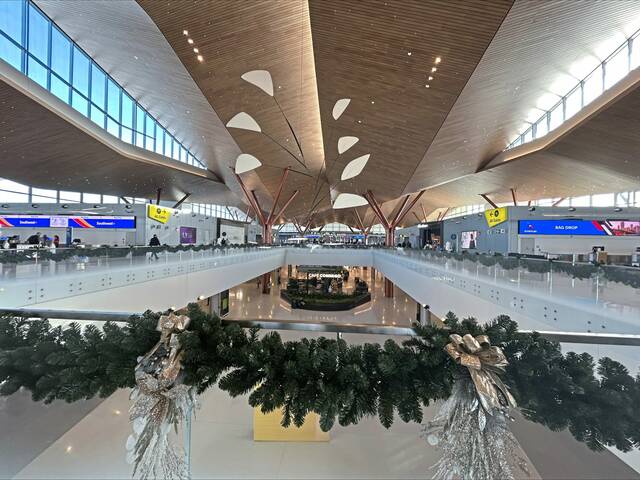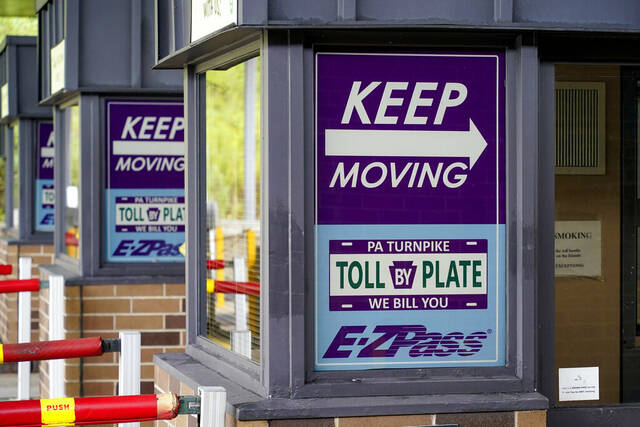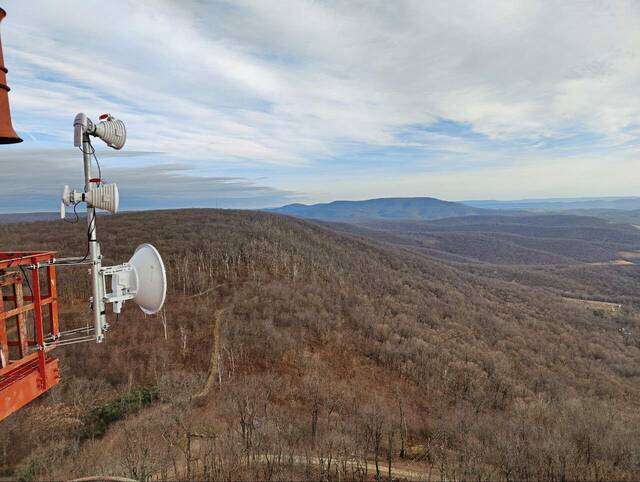The federal government planned for 20 million coronavirus vaccinations by the end of 2020.
That has proved to be a bit of an overestimation. The actual totals of about 3 million “certainly are not at the numbers we wanted to be at the end of December,” Dr. Anthony Fauci said on CNN.
When the month kicked off with the announcement of the first covid-19 vaccine, things were looking good. A week after those first shots were administered, the Pfizer vaccine was joined by the Moderna one, upping the availability of options and opportunities.
And yet the number of people who have received the vaccine continues to fall short. Despite the 20 million goal, just 14 million doses were distributed.
Those limited shipments are definitely part of the issue.
“The department does not have a timetable of how long it will take to distribute covid-19 vaccines across the commonwealth since there is only a limited supply of vaccine available at this time,” the state Department of Health’s website states.
Many medical leaders have been quick to point out that to have millions vaccinated just a year after a disease was first identified is a modern miracle. That’s true. The development of the vaccine in so short a time is remarkable.
But the miracles have been about the science.
The breakdowns seem to be in the bureaucracy.
Nursing homes in Pennsylvania started to receive and distribute vaccines to staff and residents last week. That is a great step forward because covid is most deadly among the elderly and medically compromised. But even there, questions remain about the wait driven by a lack of information.
“We’re not sure how it’s being determined, based on geographic area, region, positivity rate, where the vaccine clinics are beginning or where they’re going to end,” said Zach Shamberg, president and CEO of the Pennsylvania Health Care Association.
Pennsylvania Secretary of Health Rachel Levine puts that on the federal government.
If so, perhaps an infusion of federal money will help. States had received just $340 million from the Centers for Disease Control and Prevention to distribute the vaccine. The recently passed relief bill pours an additional $8 billion into the effort — a more than 2,352% increase.
But the end-of-year hopes for the vaccine were not a secret. They were a much-touted, albeit ambitious, goal.
So if scientists and drug companies were able to do what was all but impossible in creating not one but two vaccines in less than 12 months, why could multiple layers of government not look that far down the timeline to coordinate a more efficient means of delivery?
Government was, according to experts, critical to developing the vaccine by eliminating its own bureaucratic hurdles. It seems the same formula — more money and less government — was needed on the distribution end, too.








